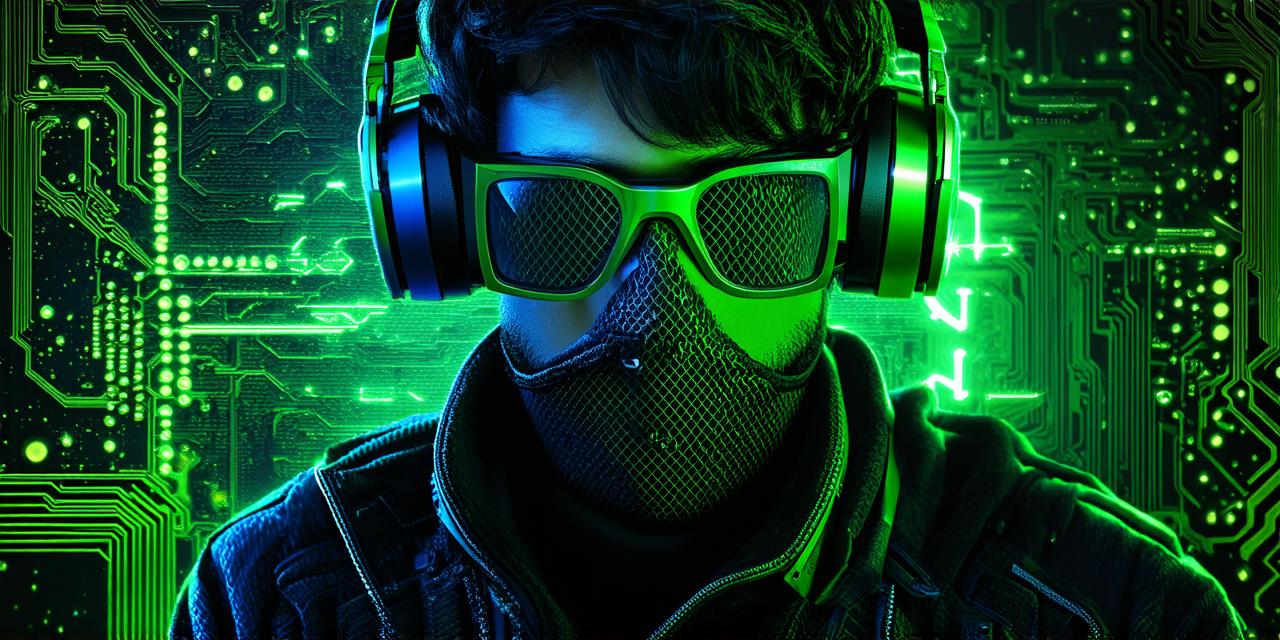Introduction
Augmented reality (AR) is a technology that overlays digital information onto the real world. AR has revolutionized the way we interact with the world around us, making it possible to experience virtual objects in real life.
The first AR system was developed in the 1960s, but who were the pioneers behind this groundbreaking technology?
Early Beginnings of AR
The concept of AR can be traced back to ancient times, when people used optical devices like lenses and prisms to enhance their vision. However, the first AR system was developed in the 1960s by Ivan Sutherland, an American computer scientist.
Sutherland’s invention, called “Sword of Damocles,” was a head-mounted display that projected 3D images into the user’s field of vision. Users could look around and see virtual objects superimposed on the real world, making it possible to experience an immersive and interactive environment.
Sutherland’s invention paved the way for further advancements in AR technology, and his work inspired other researchers and developers to explore this field. One such pioneer was Jaron Lanier, a Canadian-American computer scientist who is often credited with coining the term “virtual reality” in 1983.
Lanier’s work focused on developing immersive environments that could transport users into different worlds, and his experiments with AR laid the foundation for modern VR technology.
AR Applications in Industry
As AR technology continued to evolve, it began to find applications in various industries. One of the earliest and most successful uses of AR was in the field of manufacturing.
In 1992, General Motors (GM) partnered with Boeing to develop an AR system called “Virtual Plant,” which allowed engineers to visualize assembly line processes and identify potential problems before they occurred. The system used a combination of computer vision and robotics to track parts and components as they moved through the manufacturing process, making it possible to optimize production lines and reduce waste.
The success of Virtual Plant led to the development of other AR applications in industry, including the use of AR for training and maintenance. For example, some companies have used AR to simulate complex machinery or equipment, allowing technicians to practice repairs and maintenance tasks in a safe and controlled environment. This has significantly reduced the risk of accidents and improved the efficiency of maintenance processes.
AR in Education and Entertainment
In addition to its applications in industry, AR technology has also found a place in education and entertainment. One of the most popular examples of AR in education is the use of AR-enabled textbooks, which allow students to access additional information and interactive content as they read.
These textbooks use QR codes or other scanning technologies to trigger AR experiences, making learning more engaging and immersive. AR has also found a place in the entertainment industry, with companies like Snapchat and Pokémon Go using the technology to create interactive games and experiences for users.
AR has also been used in the creation of virtual reality (VR) experiences, which offer a more immersive and realistic way to experience digital content.
AR and the Future
The development of AR technology has been a rapid and exciting evolution, and it is clear that this technology will continue to shape the way we interact with the world around us. As AR continues to advance, we can expect to see even more creative and innovative applications in a wide range of industries, from healthcare to entertainment.
One area where AR is likely to have a significant impact is in the field of medicine. For example, AR-enabled surgical procedures could allow doctors to visualize patient anatomy in real-time, making it possible to perform more precise and effective operations. AR could also be used to train medical students and professionals, providing a more immersive and interactive way to learn about complex medical concepts.

AR and the Future
One area where AR is likely to have a significant impact is in the field of medicine. For example, AR-enabled surgical procedures could allow doctors to visualize patient anatomy in real-time, making it possible to perform more precise and effective operations. AR could also be used to train medical students and professionals, providing a more immersive and interactive way to learn about complex medical concepts.
Another area where AR is likely to have a significant impact is in the field of transportation. Self-driving cars are already using advanced sensors and computer vision technologies to navigate roads and avoid obstacles, and AR could be used to enhance this process by providing drivers with real-time information about road conditions and potential hazards. AR could also be used to create more interactive and immersive experiences for passengers, allowing them to explore the world around them in new and exciting ways.
Conclusion
The development of AR technology has been a remarkable achievement, and it is clear that this technology will continue to shape the way we interact with the world around us. From its early beginnings with Ivan Sutherland’s Sword of Damocles to its current applications in industry, education, and entertainment, AR has come a long way. As this technology continues to evolve, we can expect to see even more creative and innovative uses for AR, transforming the way we live, work, and play.
